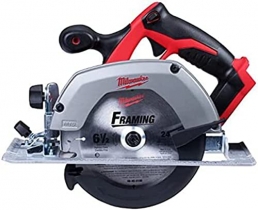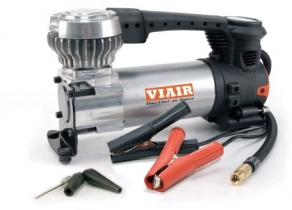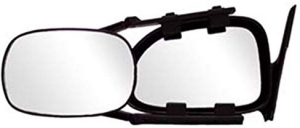-
Welcome to Tacoma World!
You are currently viewing as a guest! To get full-access, you need to register for a FREE account.
As a registered member, you’ll be able to:- Participate in all Tacoma discussion topics
- Communicate privately with other Tacoma owners from around the world
- Post your own photos in our Members Gallery
- Access all special features of the site
1GR-FE 4.0 V6 - Everything You Wanted to Know
Discussion in '2nd Gen. Tacomas (2005-2015)' started by wade9986, Feb 24, 2016.
Page 1 of 2
Page 1 of 2


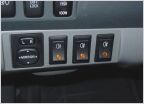 Oem switches
Oem switches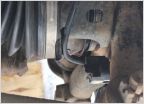 New Hub Info
New Hub Info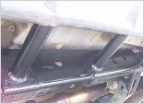 POR-15 to kill rust, then Fluid film process questions...
POR-15 to kill rust, then Fluid film process questions...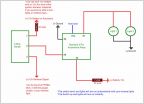 Aux Back-up lights
Aux Back-up lights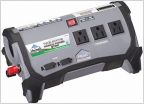 Power Inverter
Power Inverter